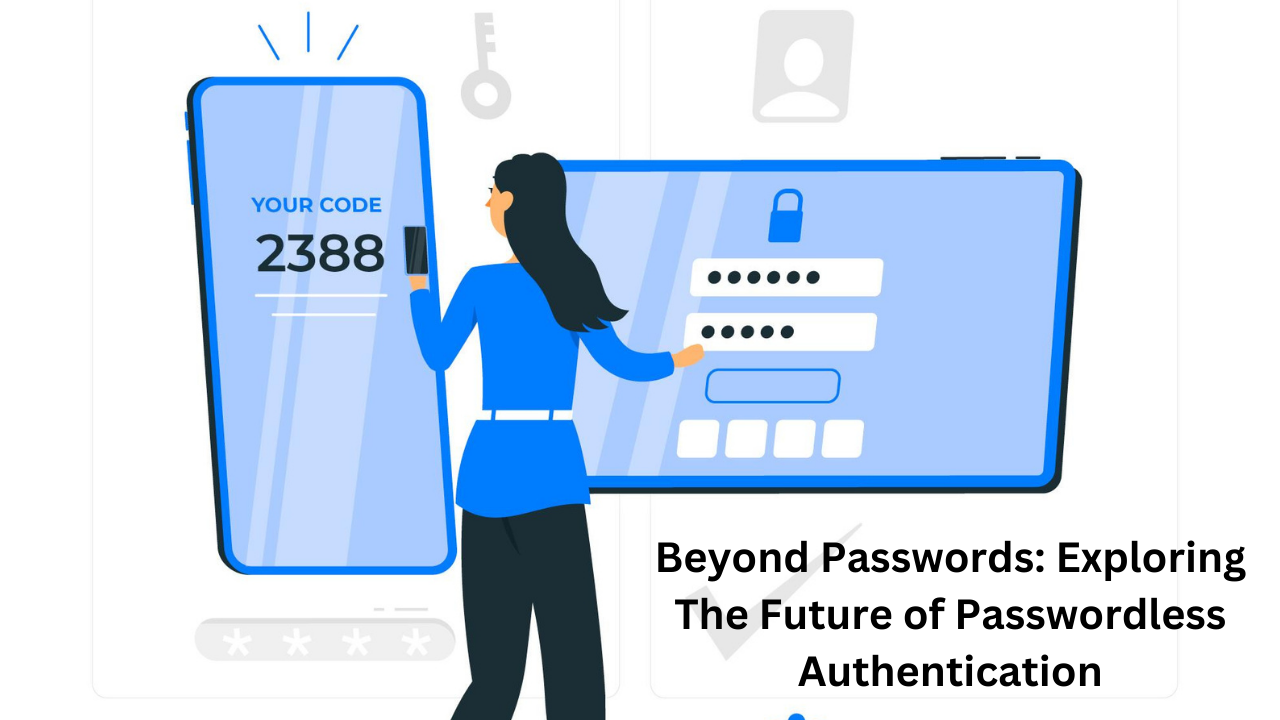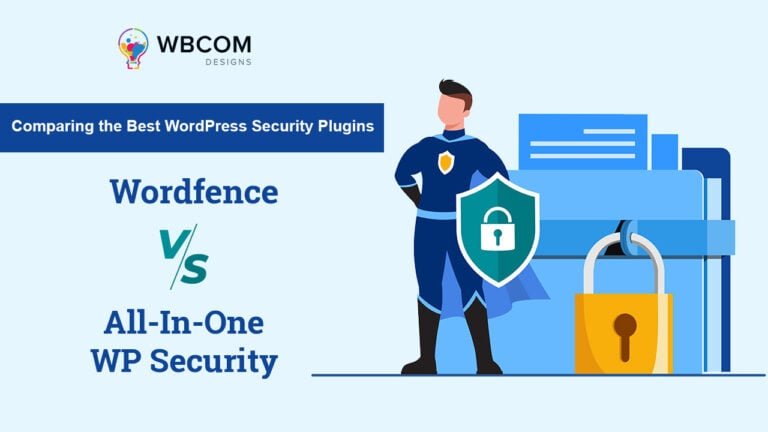Online security is more than a necessity in the ever-changing digital environment of today. The use of conventional password-based authentication has proven to be more susceptible to cyber-attacks and many other online threats. The idea of passwordless authentication is gaining popularity as a more secure and user-friendly alternative. In this piece, we’ll discuss the future of passwordless authentication, its importance, the factors that contributed to its development, the different types of passwordless authentication, and its prospective development.
Table of Contents
ToggleThe Rise of Passwordless Authentication
Passwordless authentication is showing great promise as a response to the more sophisticated cyber attacks and the growing desire for better user experiences. Hackers frequently take advantage of password flaws, resulting in data breaches and unlawful access. Such security problems gave rise to passwordless authentication.
Passwordless authentication uses multifactor identification techniques to greatly lower the danger of unwanted access. Industry giants like Google, Microsoft, and Amazon have already used passwordless authentication for their services, demonstrating its viability and efficacy.
This shows that it is the future of cyber security. Implementing passwordless authentication, such as the advanced solution provided by Kelvin Zero, can enhance the security of your systems and data by eliminating the reliance on traditional passwords and offering a more secure and user-friendly way to verify user identities, reducing the risk of unauthorized access and potential cyber threats.
The Different Types of Passwordless Authentication
1. Biometric Authentication
To confirm users’ identities, biometric authentication uses distinctive biological attributes like fingerprints, face recognition, and iris scans. Given how difficult it is to duplicate biometric traits, this strategy provides a high level of security. Additionally, this eliminates the need for users to memorize complicated passwords and it improves user ease.
To avoid any privacy violations, biometric data must be securely maintained and kept.
2. Token-based Authentication
Smart cards or security keys are examples of tangible or digital tokens that are used in token-based authentication to allow access. Users must provide time-sensitive codes during login that are generated by these tokens. This extends the security capability even further as token-based authentication is immune to keylogging and phishing assaults.
Physical tokens may be difficult for users to carry, while digital tokens need strong security measures to prevent illegal replication. So, if you prefer this type of authentication, ensure you keep your physical or digital tokens safe.
3. Challenge-Response Authentication
Dynamic information exchange between the user and the system is part of challenge-response authentication. A challenge is presented by the system and the user responds using a predetermined secret or private key. The user and authentication server can communicate securely using this way.
However, preventing any possible weaknesses requires challenges to be thoughtfully created.
The Future of Passwordless Authentication
Given the quick advancement and development of technology, passwordless authentication has a bright future. Here are significant developments that are most likely to come to fruition soon enough:
4. Contextual Authentication
Contextual authentication may be included in passwordless systems in the future, taking location, device, and user activity into account. These technologies can improve security without losing user experience by assessing a variety of data sources.
In the nearest future, this could become a reality.
Also Read: Social Media Security Tips To Eliminate Cybersecurity Risks
5. Zero-Trust Architecture
Passwordless authentication aligns well with the zero-trust security model as it doesn’t assume any inherent trust in users or devices. By adopting a zero-trust approach, organizations can establish stricter access controls and continuously verify users’ identities.
There are thousands of incidents that prove humans can’t be trusted with their security and this helps in curbing that problem.
6. Multi-Factor Authentication (MFA) Evolution
MFA will probably develop to include more types of authentication elements. A user’s validity may also be protected by behavioral biometrics, device recognition, and tokens in addition to biometrics and tokens. This will help strengthen cyber security at multiple levels.
7. Challenges Ahead- Passwordless Authentication
Even if the future of passwordless authentication seems bright, there are still certain issues that must be dealt with before it can be widely adopted:
Interoperability
For user convenience and system effectiveness, it’s more than necessary to make sure passwordless solutions can integrate smoothly with a variety of platforms and services. This will even ensure it gains massive adoption much faster.
8. User Acceptance- Passwordless Authentication
Gaining the trust and approval of users requires educating them about the advantages of passwordless authentication and resolving any privacy issues that may arise. When it comes to security, people need to be extra sure that a new system offers better protection.
Also Read: Here’s How You Secure Your Online Business
9. Security and Privacy- Passwordless Authentication

Passwordless systems must prioritize user data security and privacy, especially when handling sensitive data like biometrics.

Final Thoughts
Passwordless authentication shows a significant leap forward in online security and user experience. As cyber threats become more sophisticated, relying on traditional passwords is no longer a viable alternative.
Embracing passwordless authentication with its various methods like biometrics, tokens, and challenge-response offers increased security and improved user convenience. With the constant evolution of technology, we can expect further enhancements such as contextual authentication and zero-trust architecture.
However, organizations must address challenges related to interoperability, user acceptance, and data security to realize the full potential of passwordless authentication. The future is passwordless and organizations should seriously consider implementing it to safeguard their digital assets and foster trust with their users.
Interesting Reads:
6 Best Anti-Spam WordPress Plugins
Implementing Two-Factor Authentication on your WordPress Website







